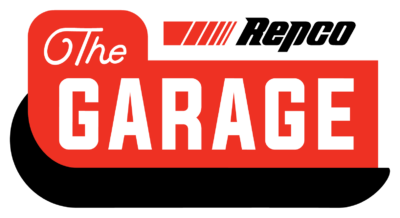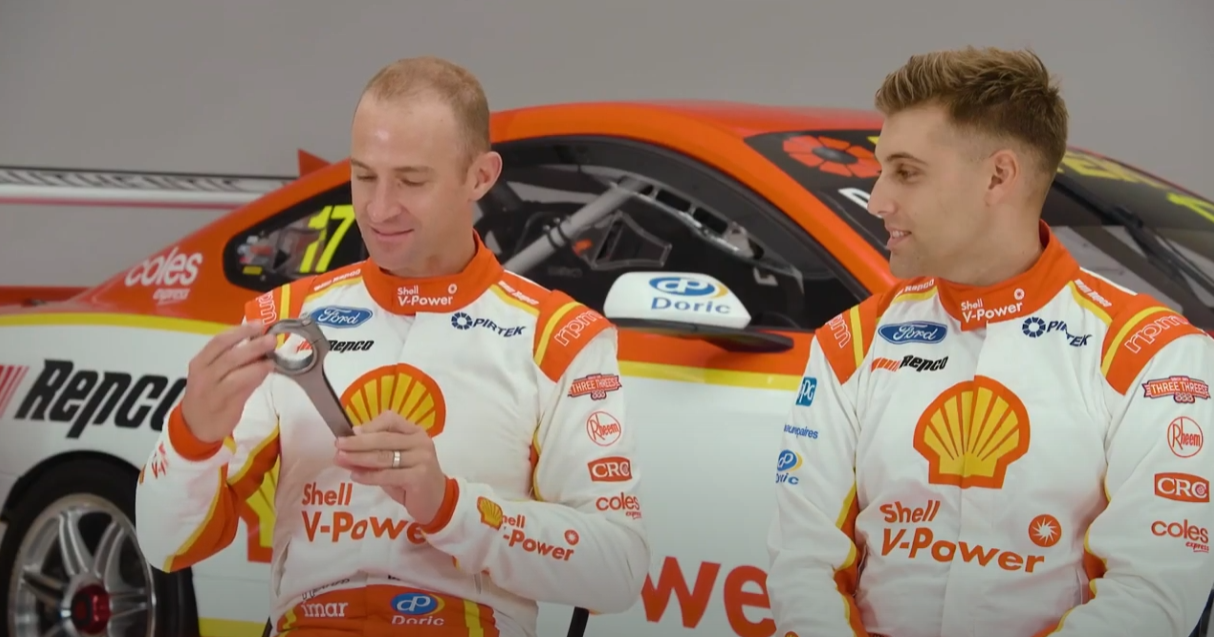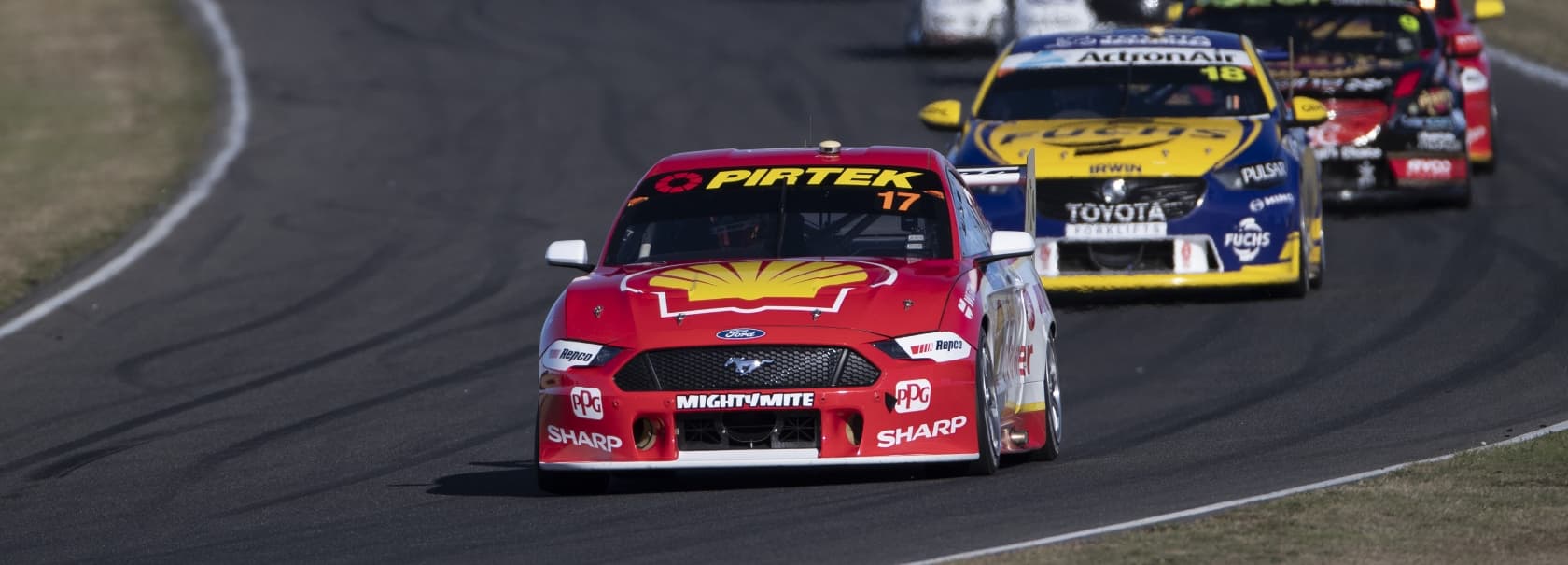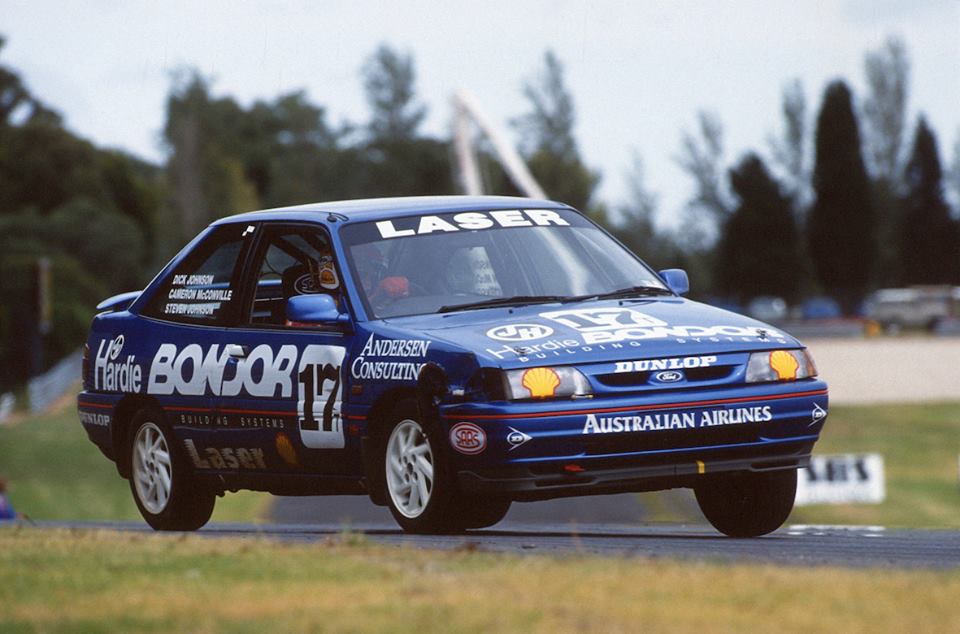Pre-dating the days of Japan’s compact four-wheel-drive halo models such as the Subaru Impreza WRX STI and the Mitsubishi Lancer Evo was a Ford hatchback accessible to the masses.
The Laser TX3 proved a winner off the track as it earned the approval of the motoring media and was nearly a winner on it when it finished second in the inaugural James Hardie Bathurst 12 Hour in 1991.
Built in Ford’s Sydney-based Homebush plant, the turbocharged and four-wheel-drive hatchback was distinguished by a neat body kit featuring a front chin spoiler in addition to one at the rear, with earlier versions having quadruple headlights just like those on Falcons up to the AU.
Engines were the same as used in non-turbo versions of the Laser, however modifications included a single-overhead camshaft sporting four valves per cylinder as the forced induction add on led to an output of 117kW and 206Nm of torque.
Offered only with a five-speed manual, the centre differential split power both ways ensuring the Laser TX3 was one of the best handling models in the marketplace despite it not having ABS.
Despite the exterior upgrades providing differentiation between the TX3 and other Laser models, the interior was of a budget nature, while options were light on outside of power steering.
The end result of the TX3 after evolving from the sluggish KB Laser Turbo was a run lasting two generations and is still revered by many today. Now a rare model as some examples proved a good introduction to the world of motorsport, the TX3 still holds a solid reputation.
In fact, even Dick Johnson raced one on a number of occasions including taking on Targa Tasmania in addition to a couple of production car events namely the Sandown 6 Hour and James Hardie Bathurst 12 Hour in 1993 alongside son Steven.





